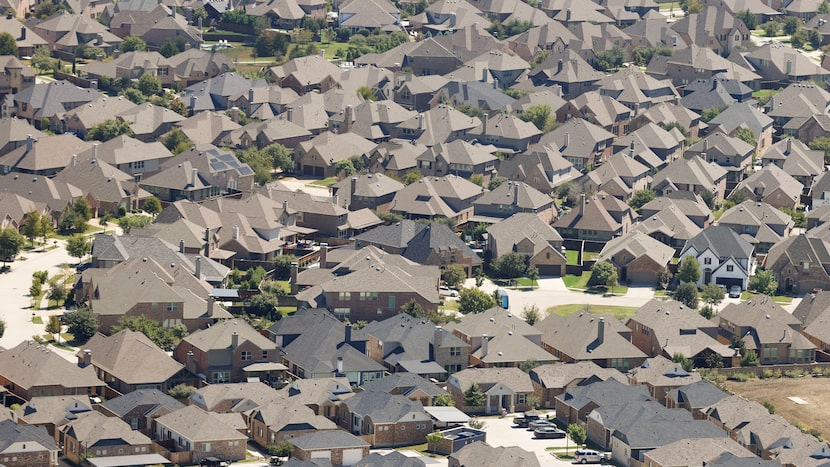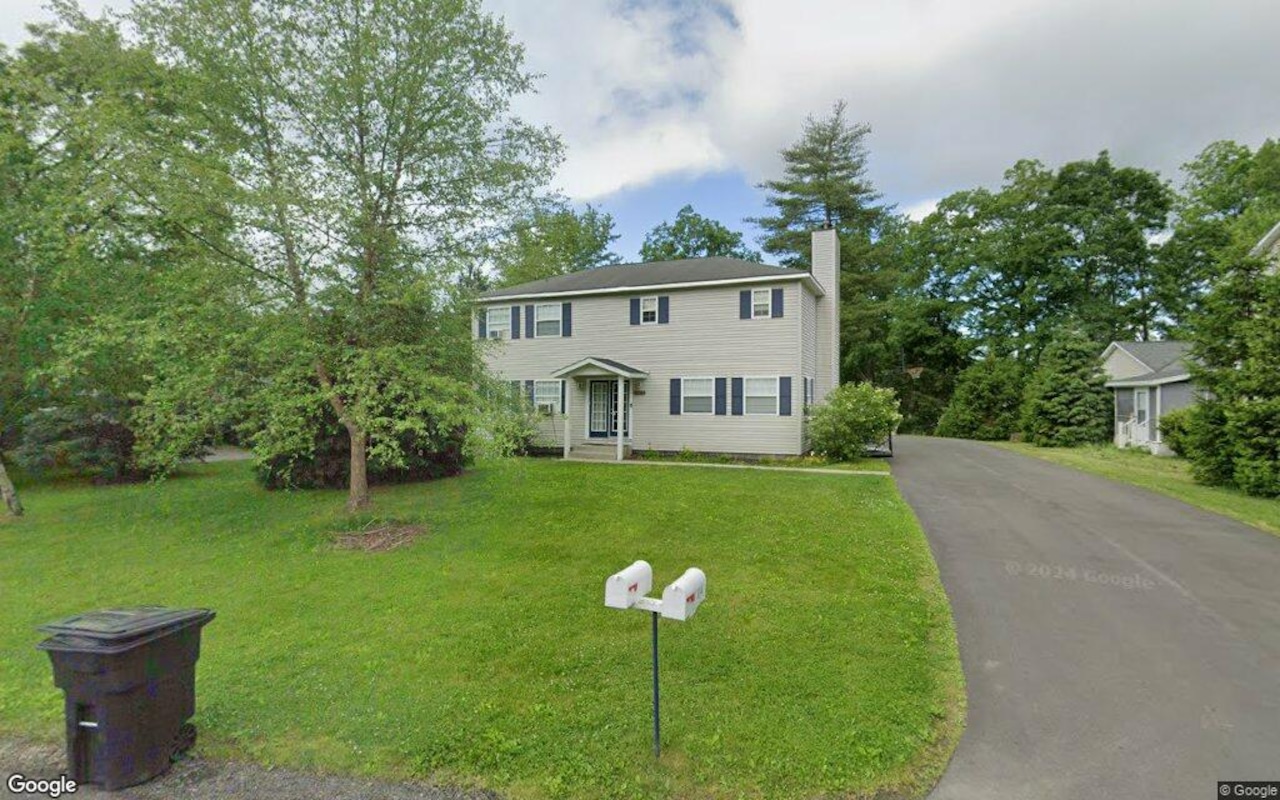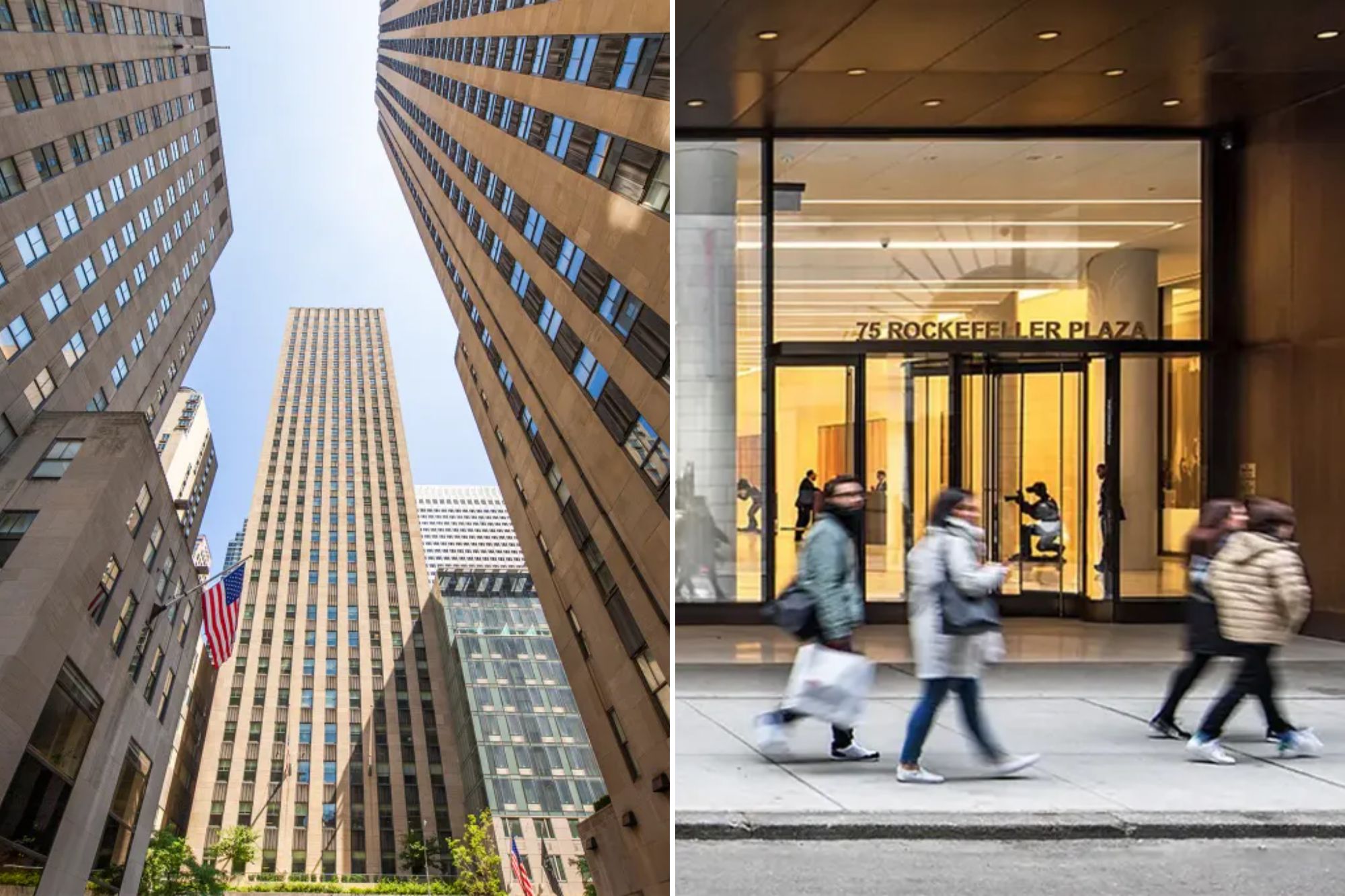S
ince 1980, cranes have dominated the Dallas-Fort Worth skyline, with rooftops spreading across the metro area in all directions. A recent study found that multiple D-FW municipalities were among the top cities for real estate development over nearly five decades. According to a StorageCafe analysis of U.S. Census data and industry reports, Dallas ranked 5th, Fort Worth 9th, and Plano 33rd for total real estate construction volume from 1980 to 2023.
Texas claimed four of the top five spots, with Houston leading the way, followed by Phoenix, San Antonio, and Austin. The study analyzed six major sectors: single-family homes, multifamily units, industrial space, office buildings, retail space, and self-storage facilities in cities with populations over 200,000.
Dallas's multifamily boom reshaped the city, adding 237,000 units during this period, second only to New York, Los Angeles, and Houston. Both Dallas and Fort Worth saw significant increases in single-family home permits: 42% in Dallas and a staggering 94% in Fort Worth over the past decade.
Flexible zoning and population growth contributed to both cities' strong residential output. Fort Worth permitted more than 161,000 new single-family homes during the past 44 years, ranking it among the nation's top development hubs. The city added over 138 million square feet of industrial space, trailing only Houston nationwide.
Dallas took the fourth spot for industrial space expansion, adding nearly 103 million square feet over the same period. The city set records in the current decade, with an average annual addition of over 3.6 million square feet starting in 2020. On the retail front, Dallas added 39 million square feet of retail space over the last 44 years, ranking it 10th nationwide.
Fort Worth ranked 15th for retail space expansion, adding roughly 32 million square feet. Economic relocations and sustained growth drove the region's booming office market, with Dallas adding 88 million square feet (7th most) and Fort Worth contributing another 30 million square feet since 1980.
While many cities experienced sharp drops in office construction, Dallas bucked the trend, posting a 96% increase in the last decade. The city also ranked ninth in self-storage construction among the 108 cities included in the study. Other North Texas cities that made an appearance on the list include Arlington (40th), Irving (49th), Frisco (67th), Garland (75th), and Grand Prairie (76th).
"Nationally, Texas stands out for its high concentration of real estate growth across all its major cities over the last half century," said Emilia Man, lead analyst behind the study. "With a combination of favorable economic conditions, consistent population influx, and a business-friendly environment that continues to attract investment and innovation, Texas's major cities are poised to continue dominating the real estate landscape."















